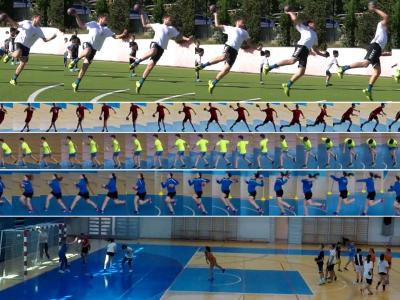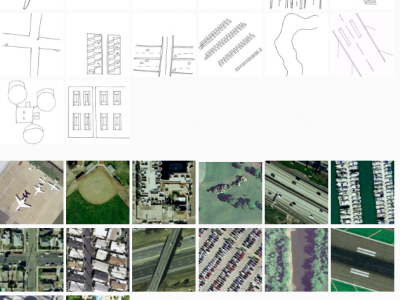
The dataset consists of 751 videos, each containing the performance one of the handball actions out of 7 categories (passing, shooting, jump-shot, dribbling, running, crossing, defence). The videos were manually extracted from longer videos recorded in handball practice sessions.
The scenes were shot with stationary GoPro cameras that were mounted on the left or right side of the playground, from different angles. The videos were recorded in at least full HD (1920 × 1080) resolution at 30 or more frames per second.
- Categories:






